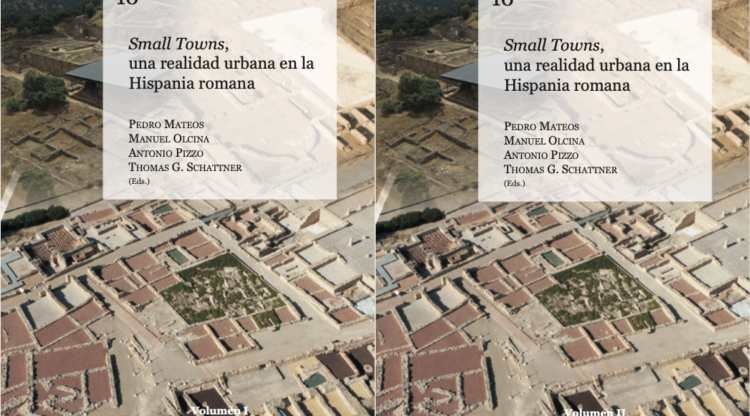Small Towns, an urban reality in Roman Hispania. Pedro Mateos, Manuel Olcina, Antonio Pizzo y Thomas G. Schattner
The small cities/Small Towns of the Iberian Peninsula are the overwhelming majority of the approximately 400 cities that existed in Hispania in Roman times, that is to say, almost one fifth of the approximately 2000 cities of the entire Roman Empire. Hence, it is of interest as a starting point and a basis for research, despite the difficulties of definition. While previous attempts sought to use the term as a classifier in order to elaborate a hierarchy of settlements, and thus assign each of them their place in the classification and thus describe their corresponding properties, here we propose the use of the term Small Towns only as a differentiating aspect with a view to provincial capitals and conventus, maintaining all its imprecision for settlements with or without an extended urban fabric, in a broad and generic sense without legal or political conditions.
Small Towns usually and can have, with some variety, urban characteristics such as sacred and public buildings, a defensive wall and urban houses. However, there is usually a disproportion between public and sacred buildings on the one hand and private buildings on the other, with the former having a clear predominance over the latter in both quality and quantity. On the other hand, Small Towns often lack other important criteria common to larger centers, such as high population density, high quality standards, a certain degree of economic diversification, and an urban circulation plan. These missing characteristics are compensated, on the other hand, with an element that is nourished by the load generated by the (excessive) sacred and public building, and that provides it with that attribute, which summarizes the essence of the major centers, which is the most typical and the one that most highlights them: an excess of meaning.
The theme is developed in about 50 papers that allow a good vision and nuance in its geographical, juridical, urban, architectural, economic, social and religious scope. It is the Hispanic contribution to the problem discussed in the other Roman provinces.


